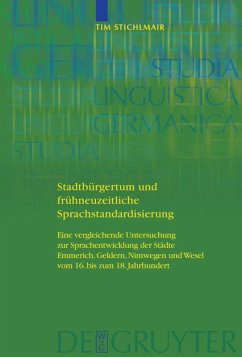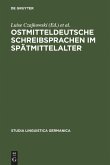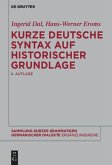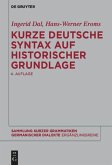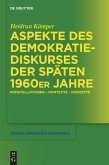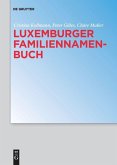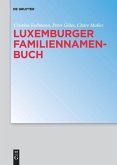The study is principally based on empirical data; it examines language development processes in the four regionally contiguous cities of Emmerich, Geldern, Nijmegen and Wesel in the early modern age. Using the linguistic study of variables and historical sociolinguistics, the author traces the processes initiating the formation of the linguistic boundary between German and Nederlans in the area of Rhine and Meuse. In this, the viability is tested both of the "classic" theories of German language standardisation (territorial influence, influence of printing and of Luther's language) and of more recent explanatory approaches (significance of the cities and the multilingualism of the upper classes). The study has an important contribution to make to the historical linguistic description of the early stage in the genesis of the modern national languages of German and Dutch.
